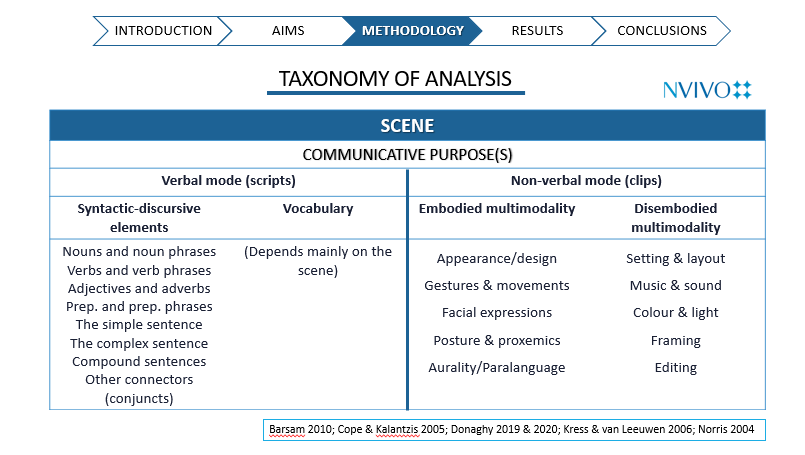UPCEL 2024: Paula Wood explores how films communicate meanings beyond the verbal mode

Our team member Paula Wood participated in the 5th International UCM Predoctoral Conference on English Linguistics (UPCEL), celebrated on the 23rd-24th January 2024 at the Universidad Complutense de Madrid (Spain). In her talk, titled “Beyond the verbal mode: Analysing audiovisual materials for the EFL classroom”, she presented her corpus of films and series for the English as a Foreign Language classroom and she explored the results of the multimodal analysis of two scenes from the film Hidden Figures. She then offered different exploitation suggestions based on these results, aimed at developing students’ multimodal communicative competence and their linguistic, visual and media literacy skills.
The full abstract of her talk can be consulted as follows:
Beyond the verbal mode: Analysing audiovisual materials for the EFL classroom
It is well attested that communication has evolved during the last decades due to the advances in technology and the media. Teenagers today regularly engage with audiovisual texts in their daily lives and are great consumers of films and series in particular due to the rise of numerous streaming platforms. Films and series, as multimodal ensembles, orchestrate diverse modes to make meaning (Serafini 2014). Because of their multimodal nature, and because of their benefits as a source of simulated naturalistic speech (Bednarek 2018), many teachers have currently normalised their use in their English as a Foreign Language (EFL) lessons. In order to ensure the message is fully understood, not only attention to the verbal mode (that is, the dialogue) needs to be paid, but also to other modes (visual, aural, gestural, spatial) involved. Such combination of modes should inform the exploitation of these audiovisual materials in the EFL classroom (Donaghy 2019).
In this paper I will present my corpus CAMELLS (Corpus of Audiovisual Materials for English Language Learning in Secondary), which encompasses a selection of films and series and scenes from them for each academic year of the Secondary Education EFL classroom. In particular in this paper I will aim to answer the following questions: How can we analyse audiovisual texts beyond the verbal mode? Which are the salient verbal and non-verbal modes in the scenes analysed and how do they combine to create meaning? How can the analysis be used for EFL learning?
Drawing on Kress & van Leeuwen (2006) and Norris (2004), a taxonomy used for the multimodal analysis of these materials is proposed and illustrated with a sample of scenes, in which it becomes clear how meaning is made using different modes and how some of them prevail over the others. This analysis is carried out through the software NVivo12. As it will be seen, the results obtained in terms of the most salient modes in the scenes should inform their exploitation in the classroom to develop students’ multimodal communicative competence and their multiliteracies (Cope & Kalantzis 2015).
